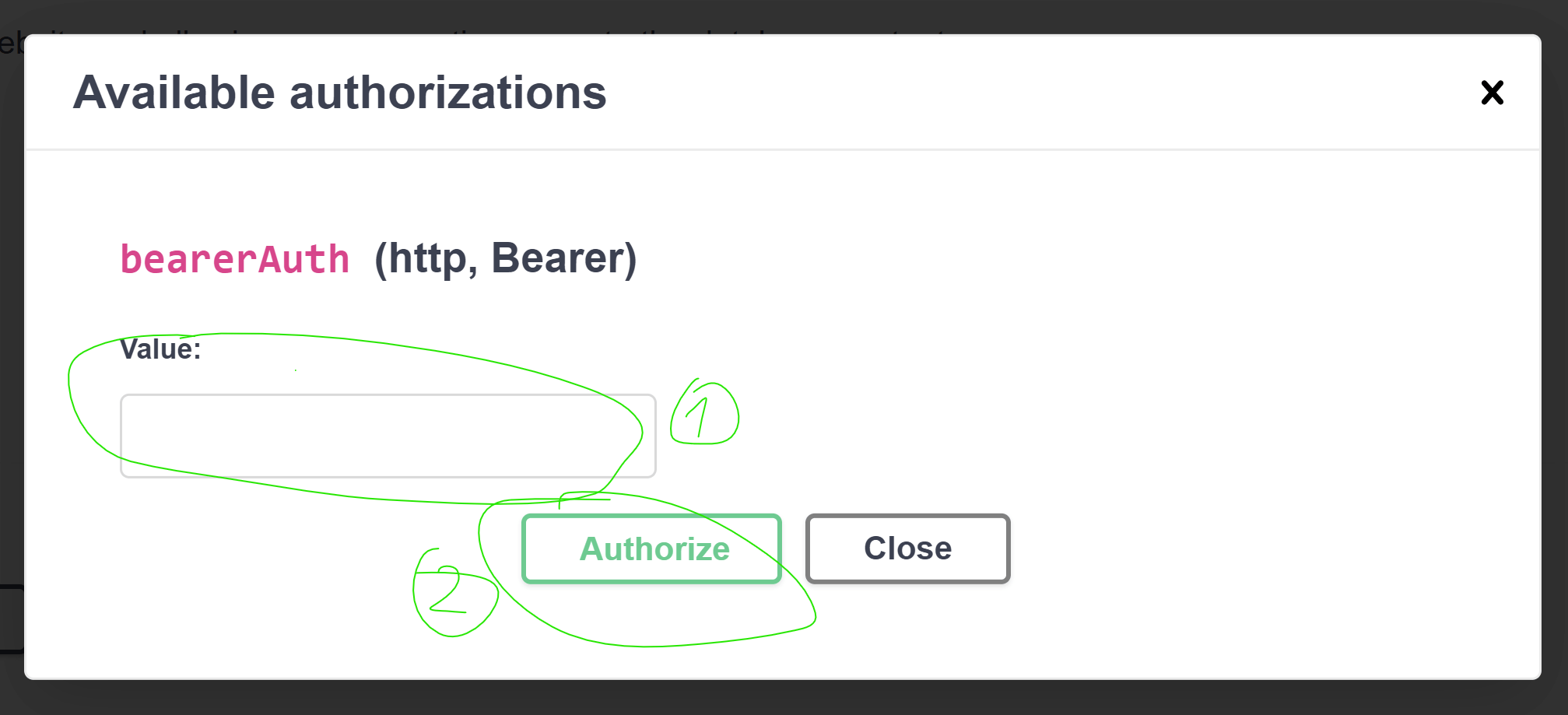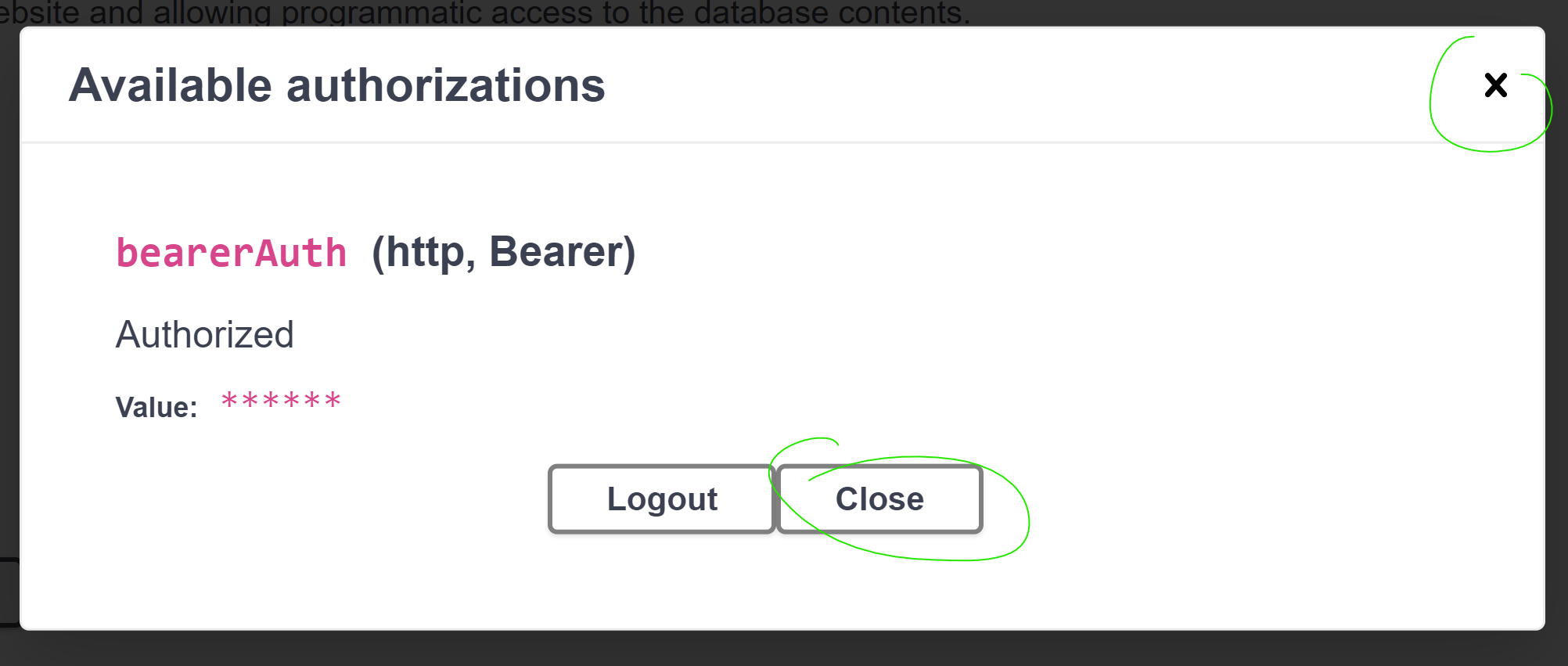Chapter | 3 API
The SysNDD api (application programming interface) is available from https://sysndd.dbmr.unibe.ch/API.
The api is written in R using the plumber package.
We intend to follow the Swagger/ OpenAPI and JSON:API specifications.
The api scripts run in a Docker container using the official “rocker/tidyverse” image (version 4.2.0).
As R is single threaded, we deploy multiple instances of the api container. These are bundled together using HAProxy load balancer.
The api is rate limited through our NGINX web server configuration with a rate limit of 10 requests per second (10r/s; equals 1 request every 100 milliseconds) per requesting ip. The configuration allows bursts of up to 30r/s but introduces a delay after 10 requests to enforce the rate limit.
3.1 Endpoints
The SysNDD api currently contains all endpoints for externala nd internal usage in one api script. This may change with future releases.
The api is structured into different components based on the SysND concept:
- entity: Entity related endpoints
- review: Reviews related endpoints
- status: Status related endpoints
- re_review: Re-review related endpoints
- publication: Publication related endpoints
- gene: Gene related endpoints
- ontology: Ontology related endpoints
- inheritance: Inheritance related endpoints
- phenotype: Phenotype related endpoints
- panels: Gene panel related endpoints
- comparisons: NDD gene list comparisons related endpoints
- search: Database search related endpoints
- list: Database list related endpoints
- statistics: Database statistics
- user: User account related endpoints
- authentication: Authentication related endpoints
The endpoints are documented and can be tested using the Swagger/ OpenAPI user interface at https://sysndd.dbmr.unibe.ch/API. Here one can generate cURL requests to use in external software.
3.2 Usage policy
The SysNDD api powers the web tool for everyday users. We also provide the SysNDD api free to allow users to use the SysNDD data and build on it by creating software or services that connect to our platform.
Usage requirements:
- optimize your requests to stay in the above described limits
- be sensible about reusing data (e.g., store your requests until data is updated on our server)
- use pagination where possible instead of requesting large data chunks (e.g., restrict usage of “all” option in large, potentially blocking list endpoints like “entity” and “gene”)
- if you require more api ressources please get in contact
Updates and disclaimer:
- We provide the SysNDD api as is.
- Due to the current development status (version 0.X.Y) we may update or modify the api any time. These changes may affect your use of the api or the way your integration interacts with the api.





